Table of Contents
Related FAQs
FAQ Categories
My instrument readings vary too much
The first thing to remember is that each gloss measurement angles has different sensitivities at different gloss values. The 60° angle is used for general-purpose measurements. The 20° angle is most sensitive at high gloss values, and the 85° angle is sensitive at low gloss values.
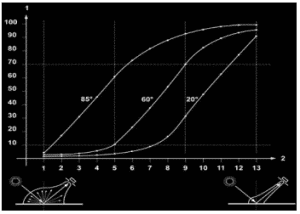
The next thing to consider is the physical stability of the instrument. Even a small rocking motion can produce large variations in the gloss reading.
The finish quality of the surface can have a large impact. Uneven colours or textures will add a random variation to the gloss measurements. The best way around this is to take several samples and average the results. The more variation in the surface, the more samples will be required for a repeatable measurement.
Related products
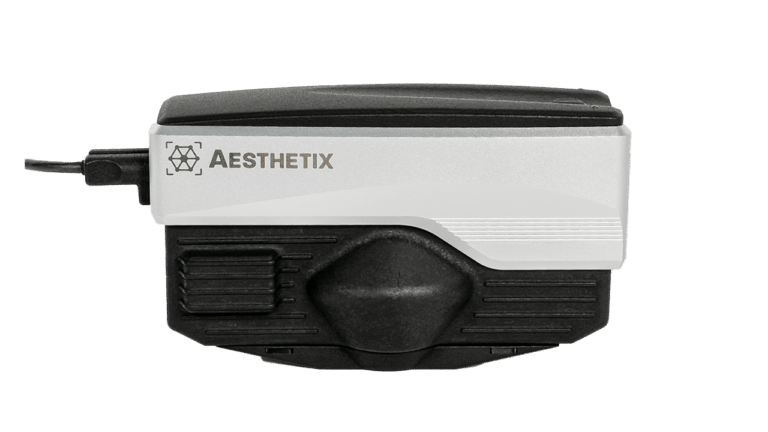
Aesthetix®: The Ultimate Surface Finish Solution
- Fully characterise all aspects of appearance perception - Why does this matter?
- Modular solution: Surface Brilliance | Texture | Effect Finish
- Aesthetix® can be used in-laboratory, portable in-field, inline in the production environment or as part of a Cobot / Robot solution
- Measures flat surfaces, curved parts and small surface areas
- Affordable technology starts at £5,500
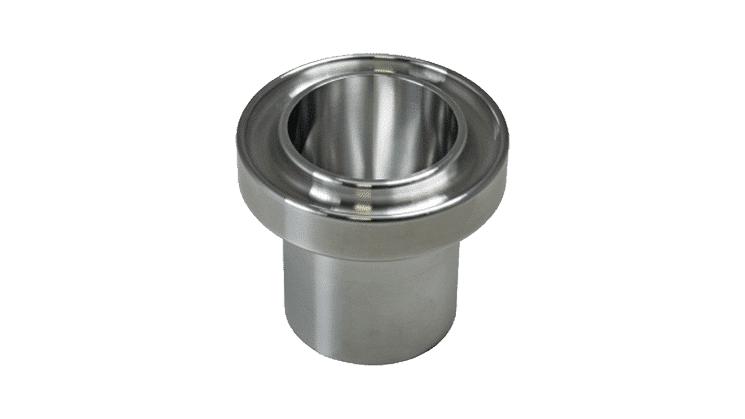
AFNOR Viscosity Flow Cup
- 2mm - 8mm orifice diameter
- 15 – 3000 cSt viscosity range
- 25 -150 sec flow times
- Supplied with a certificate of conformity
- Sheen 419/2.5, 419/4, 419/6 & 419/8 equivalent
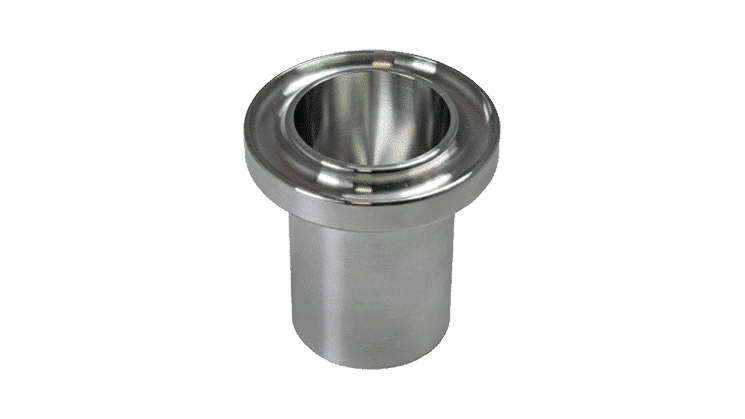
ASTM D1200 Viscosity Flow Cup
- 2.1mm - 5.8mm orifice diameter
- 10 – 1200 cSt viscosity range
- 30-100 sec flow times
- Supplied with a certificate of conformity
- Sheen 406/1, 406/2, 406/3, 406/4 & 406/5 equivalent
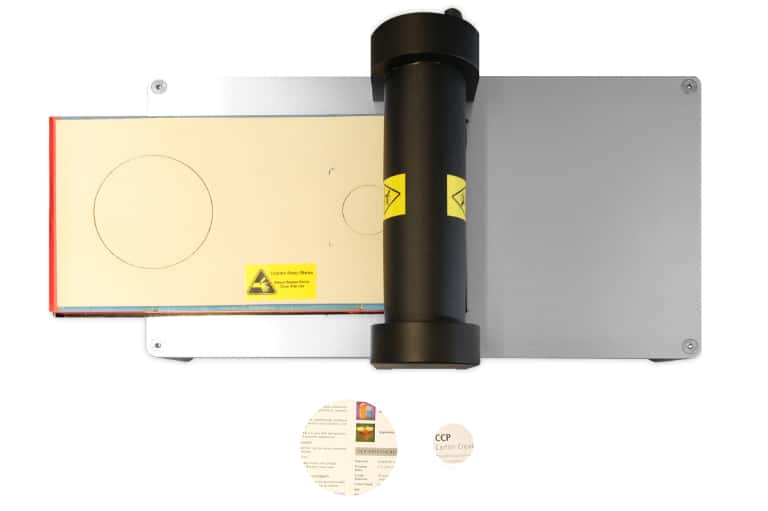
Bespoke cutter die – 1 or 2 of the same shape
Bespoke cutter die - 1 or 2 of the same shape
